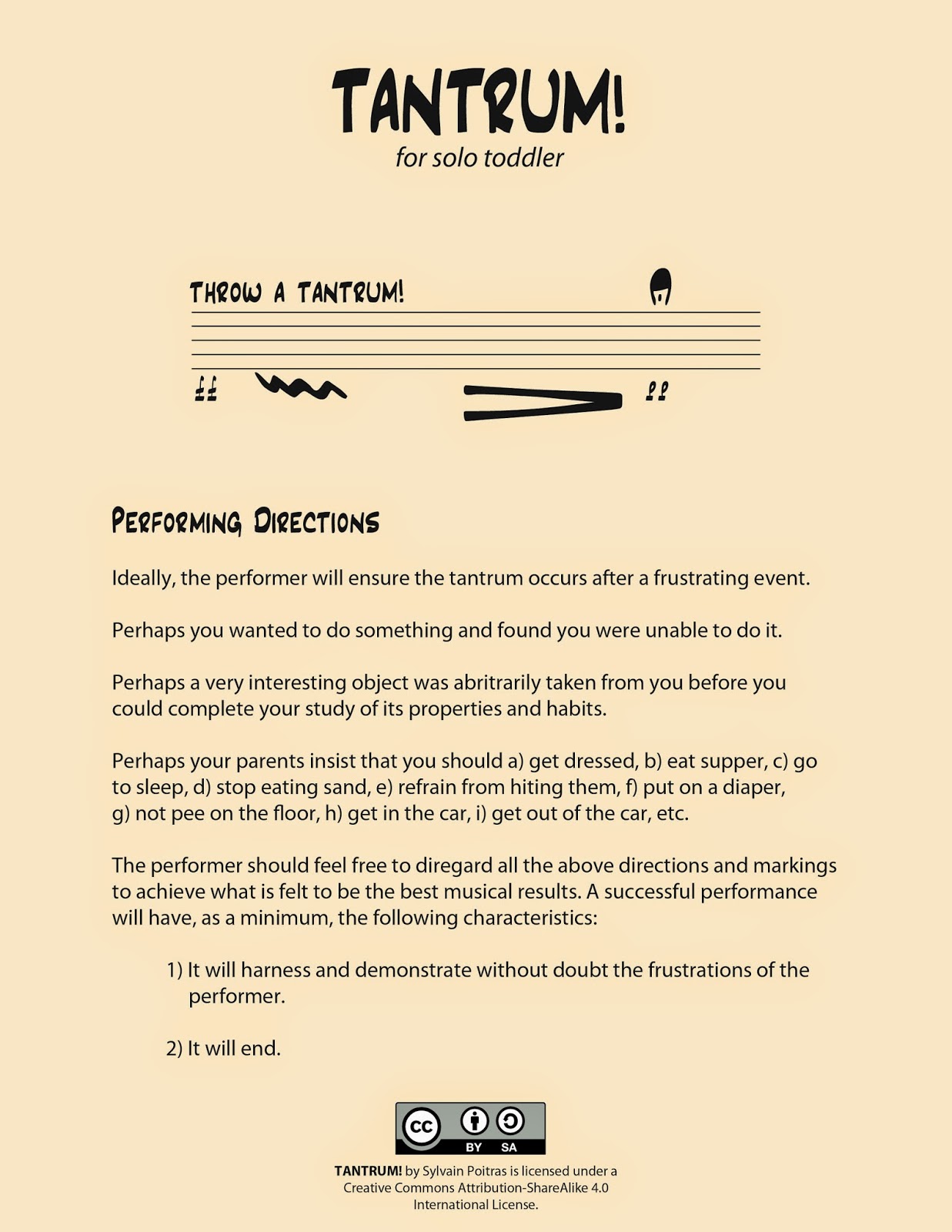In 1951 John Cage composed a piece for twelve radios titled Imaginary Landscape No. 4. This piece is a continuation of Cage's thinking from his manifesto The Future of Music: Credo in which the composer defined music as 'organized sounds' and constitutes an early use of sampling in music. However, Cage had another motivation for writing this piece: adjusting to the reality of radios in his environment.
"Well, you know how I adjusted to that problem of the radio in the environment. Primitive people adjusted to the animals which frightened them, they drew pictures of them on their caves. And so I simply made a piece using radios. Now, whenever I hear radios, even a single one, not just twelve at a time, I think well, they're just playing my piece. [..] and I listen to it with pleasure. By pleasure, I mean, I notice what happens – I can attend to it, and become interested in the… well, what it actually is that you're interested in, is what superimposed what, what happens at the same time, together with what happens before and what happens after. Formerly, when I would go into any friends' home, out of deference, you know, to my tastes, seeing me coming they simply turned off any radio, or even a disc that was playing. Now they no longer do it, they know that I think that I composed all those things."
John Cage from John Cage and Morton Feldman In Conversation, 1967
I've decided to take this idea and compose a new piece to help me adjust to my evolving environment.

No comments:
Post a Comment